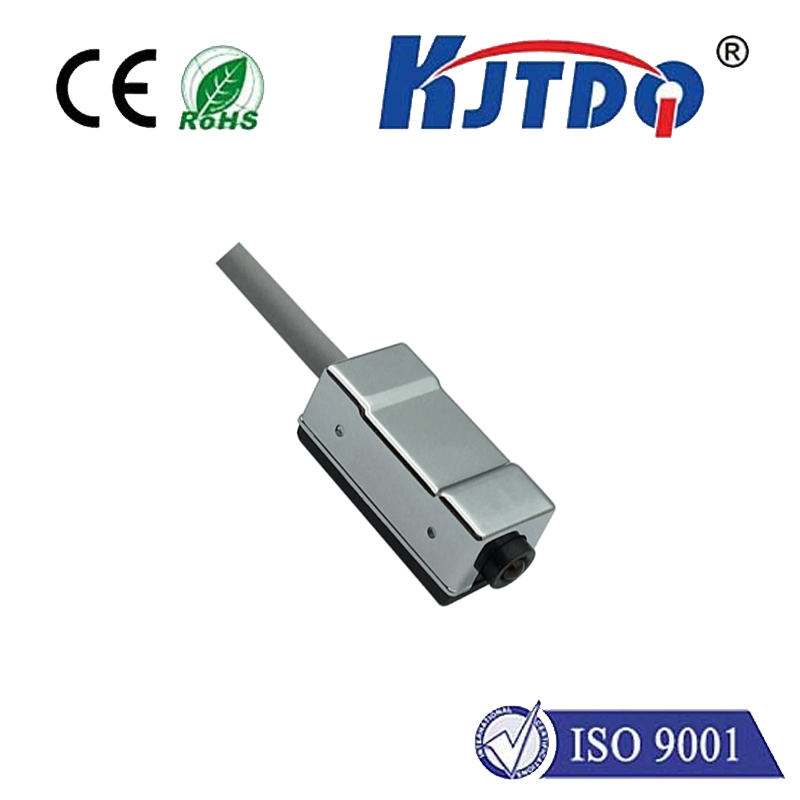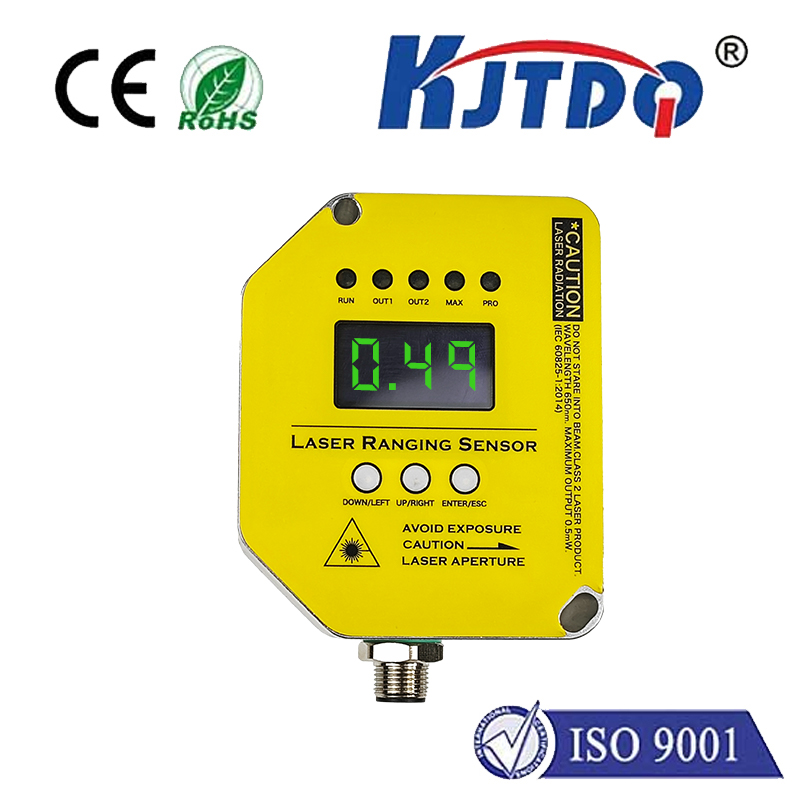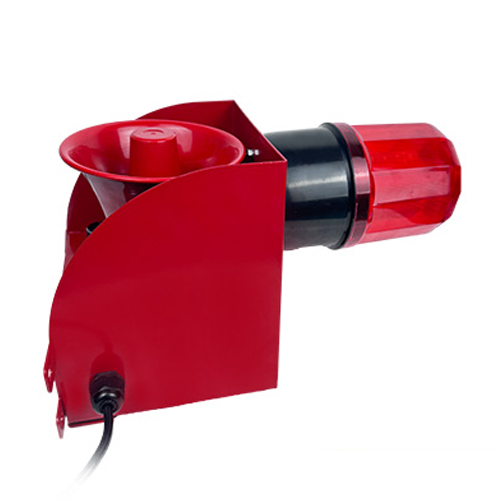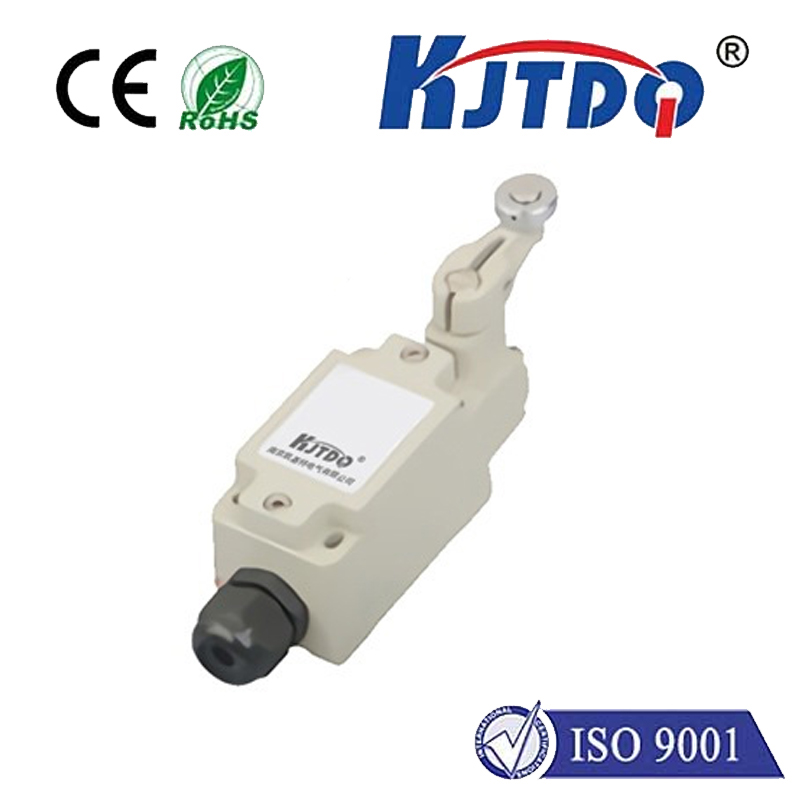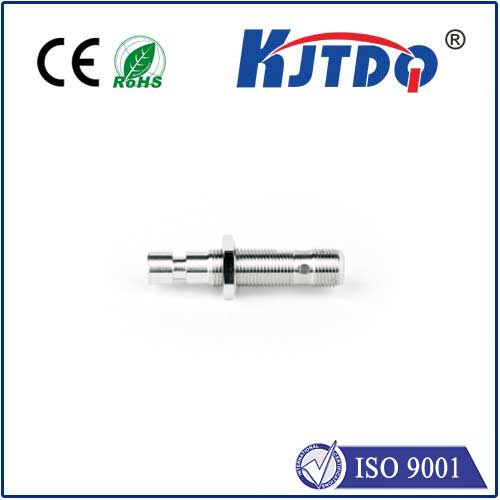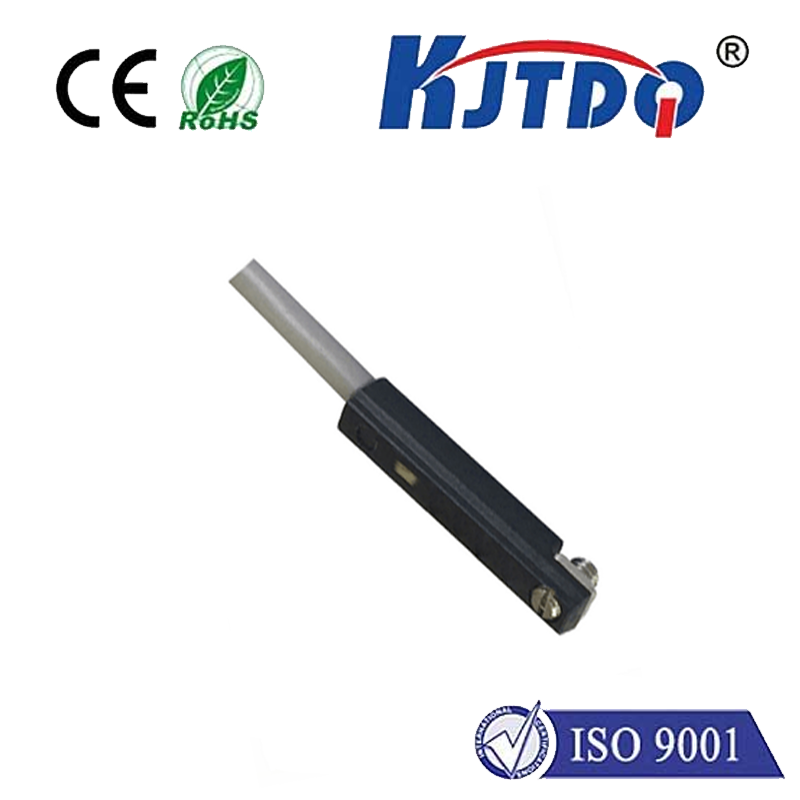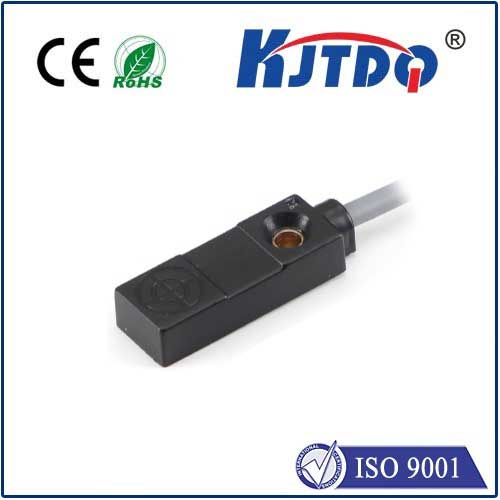optical sensor for distance measurement
- time:2025-08-16 00:17:24
- Click:0
Beyond the Visible: How Optical Sensors Revolutionize Distance Measurement
Imagine a world where robots gracefully navigate cluttered factories, drones autonomously avoid obstacles, and smartphones magically create immersive 3D maps. What invisible force empowers these feats? The answer lies in the realm of optical sensors for distance measurement: sophisticated electronic eyes that translate light into precise spatial understanding. These remarkable devices are silently transforming industries and consumer products by providing accurate, non-contact measurements of how far things are, often at lightning speed and with incredible fidelity.
Unlike traditional rulers or contact probes, optical distance sensors work by analyzing properties of light – its time of flight, phase shift, triangulation angle, or intensity pattern – as it travels to and from a target object. This fundamental principle of using light as a measuring tape enables them to gather critical spatial data without physically touching the surface, making them ideal for delicate materials, high-speed processes, or applications where contamination is a concern. The demand for precise, real-time distance measurement is skyrocketing, driven by automation, robotics, consumer electronics, and advanced safety systems.
How Do Optical Distance Sensors “See” Distance?

Several key technologies form the backbone of modern optical sensor for distance measurement. Each has distinct strengths and ideal use cases:
- Time-of-Flight (ToF): This method is conceptually simple yet powerful. The sensor emits a pulse of light (often infrared laser or LED) and precisely measures the time it takes for that pulse to reflect off the target and return to a detector. Knowing the speed of light is constant, calculating the distance becomes straightforward: distance = (speed of light × time of flight) / 2. Time of flight sensors are prized for their medium to long range capability (up to tens or even hundreds of meters with lasers) and relatively simple design. They excel in applications like drone altitude hold, gesture recognition, and 3D scanning.
- Laser Triangulation: This technique relies on geometric principles. A focused laser beam projects a small spot onto the target surface. A lens, positioned at a known angle relative to the laser emitter, captures the reflection of this spot onto a position-sensitive detector (like a CCD or CMOS array). As the target moves closer or farther away, the position of the reflected laser spot shifts laterally on the detector. By triangulating the laser source, the reflection point, and the detector position, the system calculates the distance to the target with high accuracy, especially at shorter ranges (millimeters to a few meters). This method dominates in industrial settings for thickness gauging, surface profiling, and precise part positioning.
- Laser Interferometry: For applications demanding the utmost precision (down to the nanometer level), interferometry reigns supreme. It works by splitting a laser beam: one part travels to the target and back, while the other travels a known reference path. When these beams recombine, they create an interference pattern. Changes in the distance to the target cause measurable shifts in this pattern. While highly complex and sensitive to environmental factors, laser interferometers are indispensable tools in precision manufacturing, semiconductor lithography, and metrology labs.
- Structured Light/Active Stereo Vision: This approach projects a known pattern (grids, dots, stripes) onto the scene. One or more cameras view the distortion of this pattern caused by the target’s shape and distance. Sophisticated algorithms analyze this distortion to reconstruct a detailed 3D depth map. This principle powers many consumer-grade depth sensors in smartphones and VR systems, enabling facial recognition and immersive experiences.
- LiDAR (Light Detection and Ranging): Essentially a sophisticated time of flight system on steroids, LiDAR rapidly scans a laser beam across a scene and measures the return time for millions of points. This generates a high-resolution, three-dimensional point cloud map of the environment. LiDAR sensors are the cornerstone of autonomous vehicle navigation, mapping, forestry management, and archaeology.
Where Light Measures the World: Key Applications
The versatility of optical distance sensors fuels their adoption across a remarkable spectrum:
- Industrial Automation & Manufacturing: Ensuring robotic arms place components with micron-level precision, monitoring product dimensions on fast-moving conveyor belts (laser triangulation), verifying fill levels in non-transparent containers, and controlling quality in processes like welding or CNC machining. Non-contact measurement is vital here.
- Robotics & Autonomous Systems: Enabling robots to perceive their surroundings, navigate warehouses, avoid collisions, and handle objects safely. AGVs (Automated Guided Vehicles) rely heavily on distance measurement for pathfinding and obstacle detection, often using a combination of sensors like ToF and LiDAR.
- Automotive: From Adaptive Cruise Control (ACC) adjusting speed based on the car ahead to advanced driver-assistance systems (ADAS) for automatic emergency braking and lane-keeping. Automotive-grade LiDAR and ToF sensors are crucial components in the journey towards self-driving cars.
- Consumer Electronics: Powering the facial unlock features on smartphones (structured light/ToF), enabling gesture control for smart TVs, creating depth effects in mobile photography, and driving the immersive experiences in AR/VR headsets.
- Building & Construction: Laser distance meters (using ToF or phase shift) provide quick and precise measurements for surveying, interior design, and layout work. LiDAR enables detailed 3D mapping of buildings and terrain.
- Logistics & Warehousing: Monitoring pallet heights and warehouse stock levels, optimizing space utilization, and guiding automated forklifts using distance measurement sensors.
- Healthcare: Used in devices for patient positioning, non-invasive diagnostics, and even in some surgical robotics for precise guidance.
Choosing the Right Optical Sensor: Key Considerations
Selecting the optimal optical sensor for distance measurement requires careful evaluation of your specific needs:
- Measurement Range: How far away is the target? (Millimeters? Meters? Kilometers?).
- Accuracy & Resolution: How precise does the measurement need to be? What is the smallest detectable change in distance?
- Target Surface Properties: Does the sensor work well on dark, shiny, transparent, or highly reflective materials? Some surfaces (like glass or mirror finishes) can pose challenges for certain optical methods.
- Environmental Conditions: Will the sensor operate in direct sunlight, dust, fog, or rain? These factors can scatter or absorb light, impacting performance. Some sensors are explicitly designed as rugged optical distance sensors.
- Measurement Speed: How fast do you need distance readings? (Hertz? Kilohertz?).
- Size, Power Consumption & Cost: Physical constraints, power budgets, and project economics are always factors.
- Output Format: Do you need a simple analog voltage/digital signal, a serial communication protocol, or a full 3D point cloud?
The Future is Bright (and Measured)
Optical sensor for distance measurement technology is continually evolving. Trends include miniaturization for integration into smaller devices, lower power consumption for battery-operated systems, enhanced robustness against challenging environments, fusion with other sensor types (like IMUs or cameras) for richer perception, and the application of AI for smarter data interpretation. As these advancements unfold, the ability of machines to perceive and interact with their physical world through light will only become more sophisticated, unlocking possibilities we are only beginning to imagine. From smart factories crafting intricate components to autonomous vehicles navigating complex urban landscapes, these optical sensors are the unseen eyes guiding our technological future, precisely measuring












